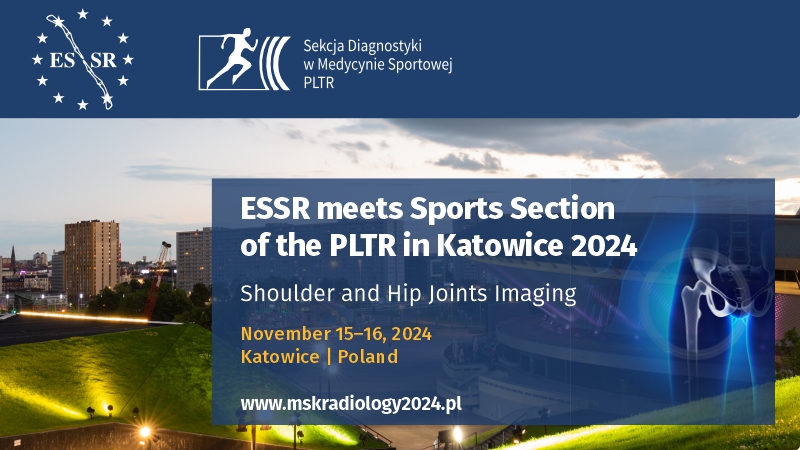Echocardiography in adults
Edyta Płońska-Gościniak1, Barbara Lichodziejewska2, Andrzej Szyszka3, Tomasz Kukulski4, Jarosław D. Kasprzak5, Olga Dzikowska-Diduch2, Andrzej Gackowski6, Piotr Gościniak7, Piotr Pysz8,9, Zbigniew Gąsior10
 Affiliation and address for correspondence
Affiliation and address for correspondenceTransthoracic echocardiography is the primary non-invasive modality for anatomical and functional cardiac assessment. All one-, two-dimensional and Doppler modes use the same phenomenon, i.e. the piezoelectric effect, to visualize mobile cardiac structures and blood flow in cardiac cavities. Novel techniques for myocardial imaging, such as tissue Doppler and acoustic marker tracing, allow for the assessment of regional myocardial contractility of the left and the right ventricle. Cardiac assessment is performed in standard views characterized by an optimal acoustic window. The goal of each cardiac echo is to assess cardiac function and morphology using all available imaging modes. The evaluation of acquired valvular heart diseases should include morphological and functional changes indicative of the type (stenosis, regurgitation, complex defect) and the mechanism (Carpentier’s classification of mitral regurgitation) of the defect, as well as its stage (mild, moderate, severe). The assessment of left and right ventricular function should involve the measurement of global and regional parameters. An echocardiographic report should also include information on septal continuity and the presence of additional structures or intracardiac masses.








